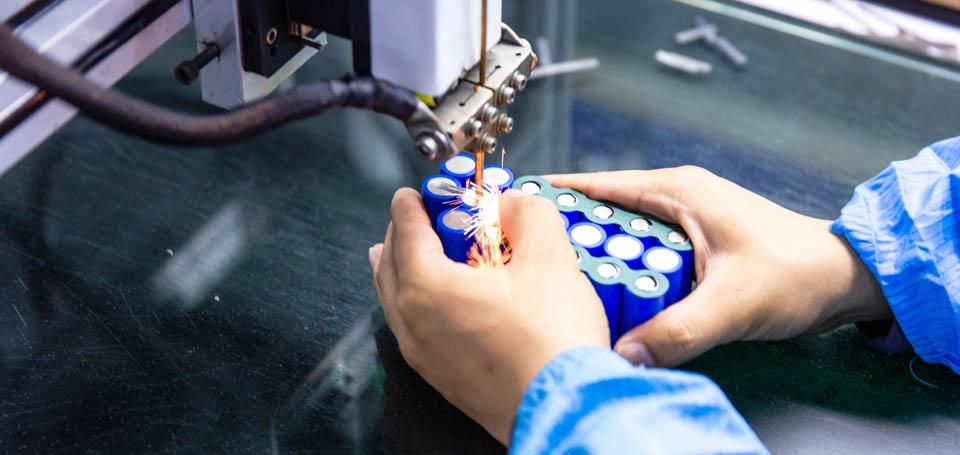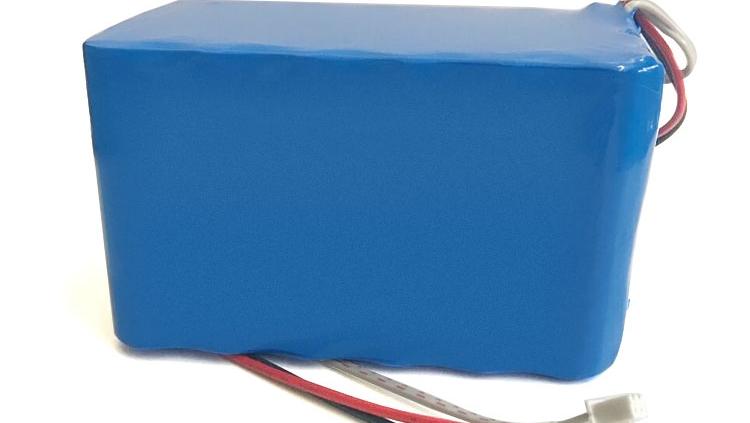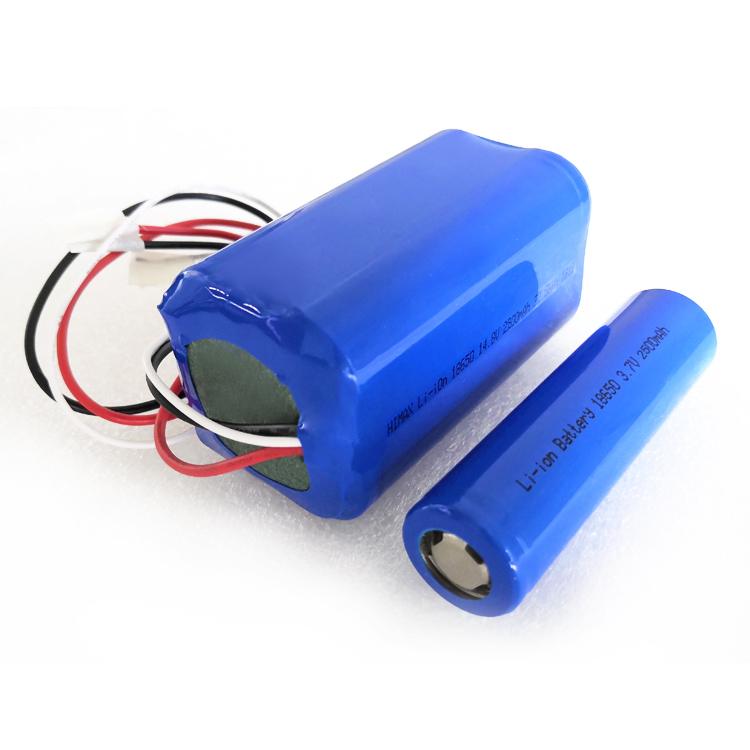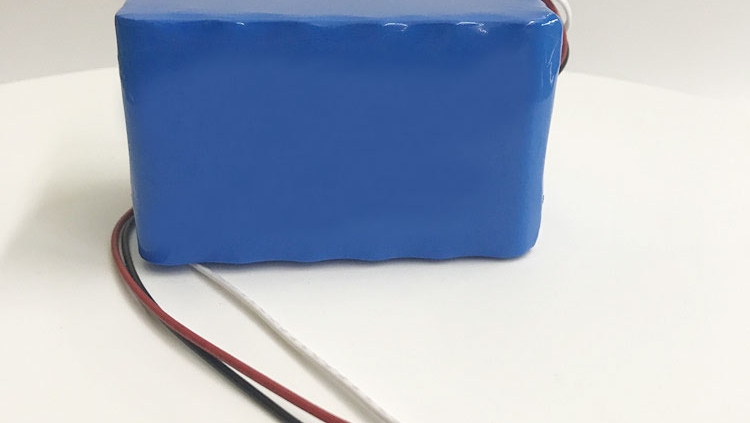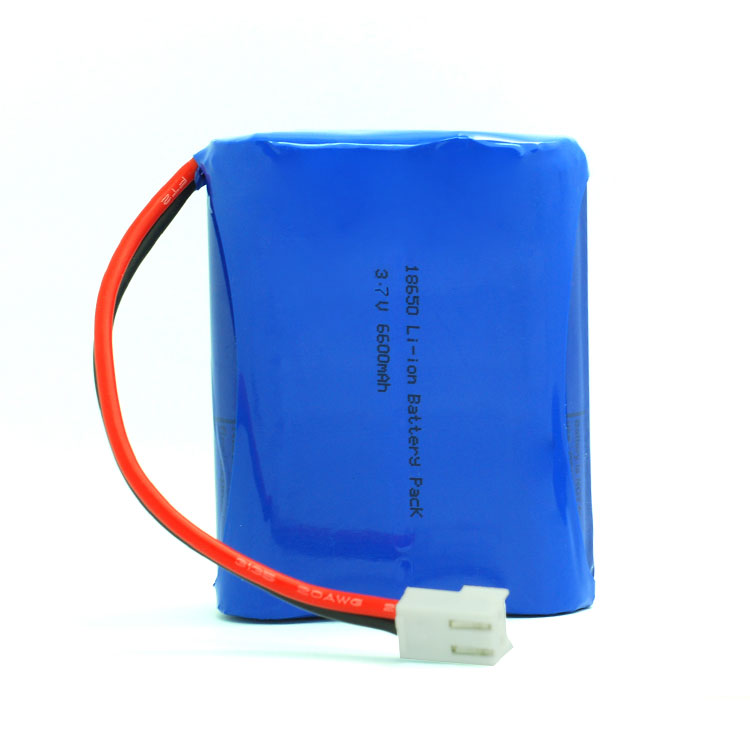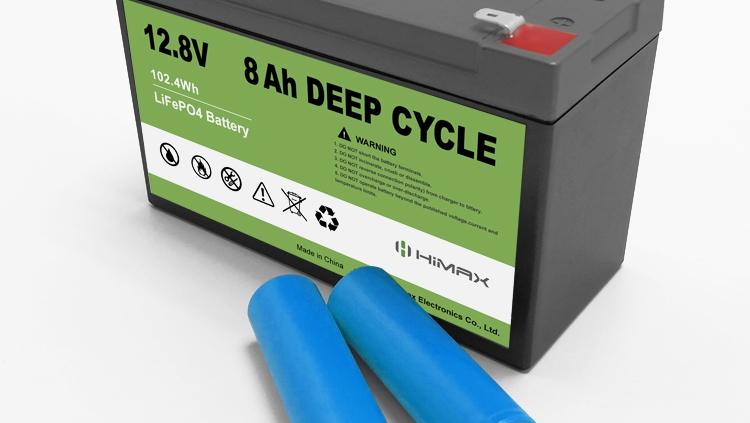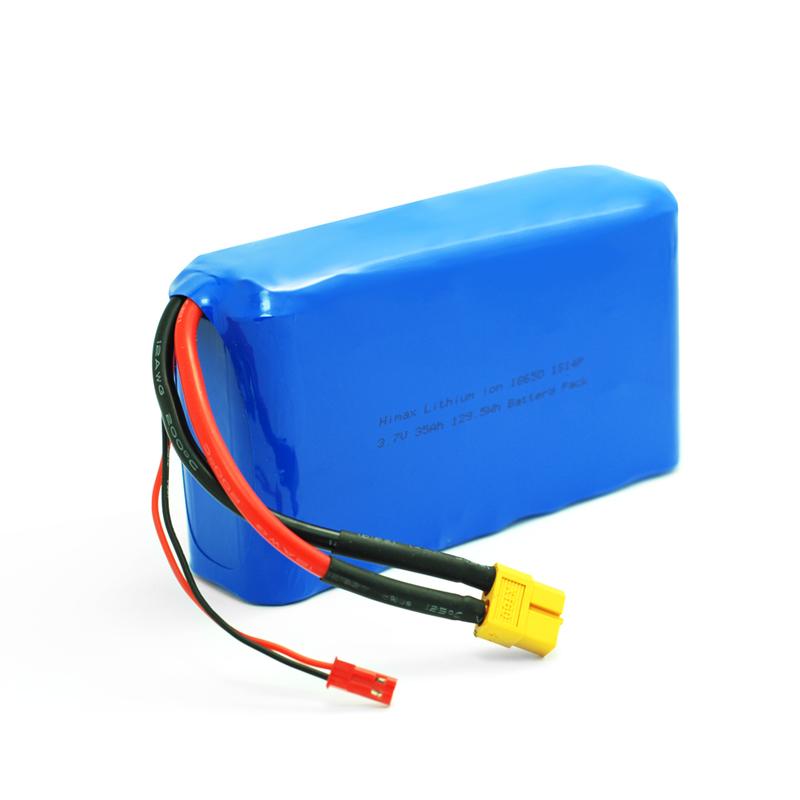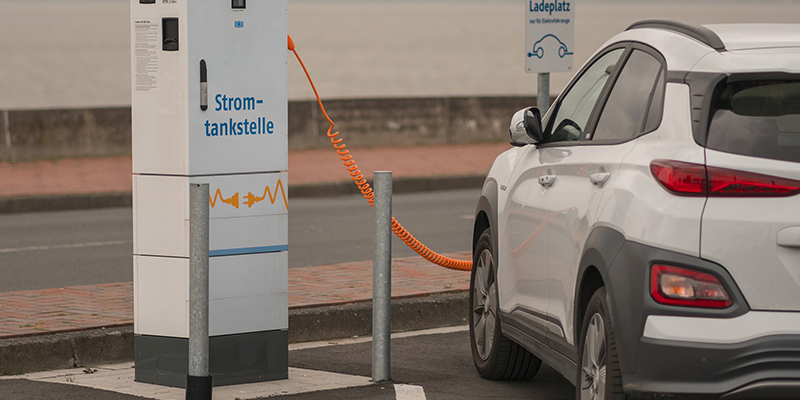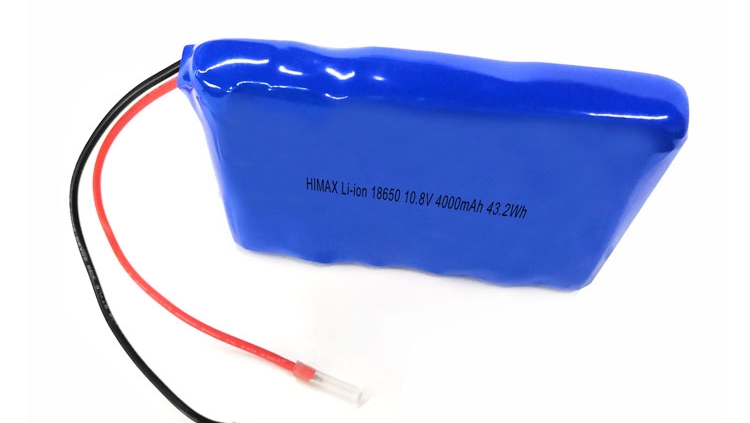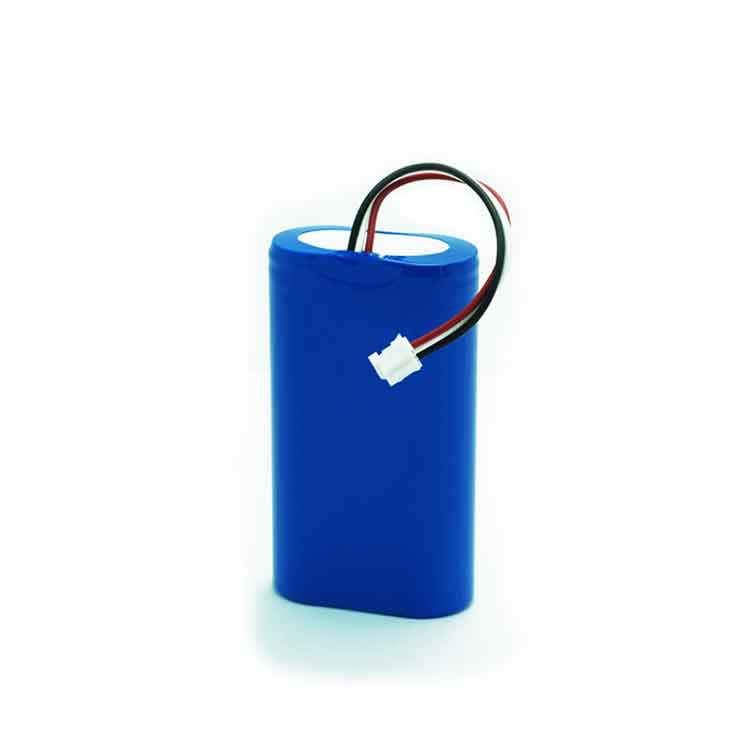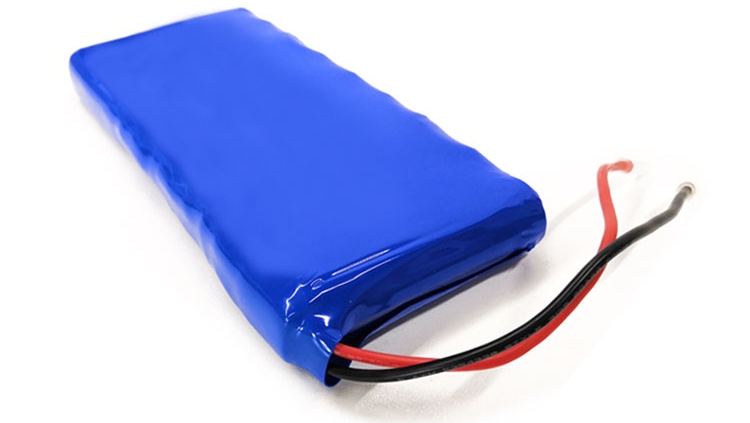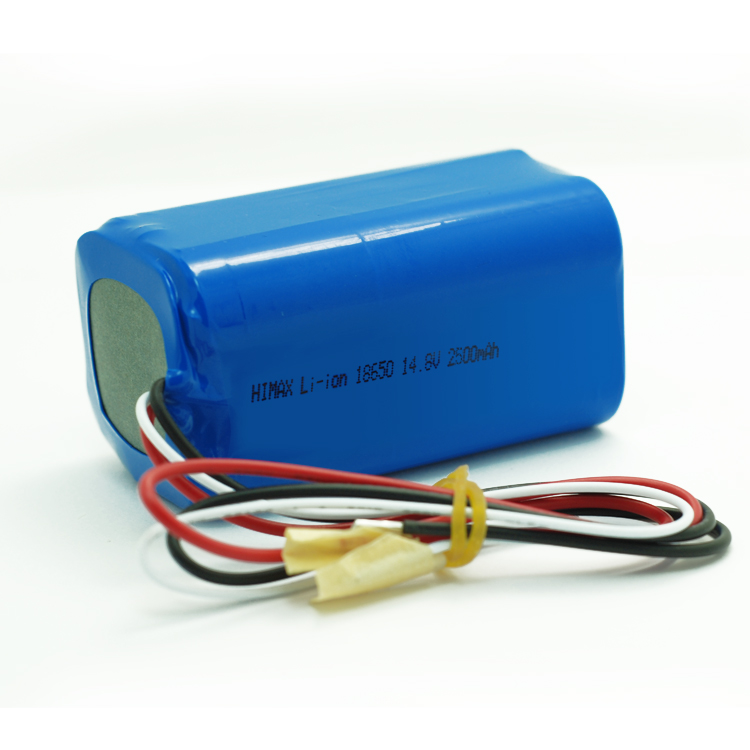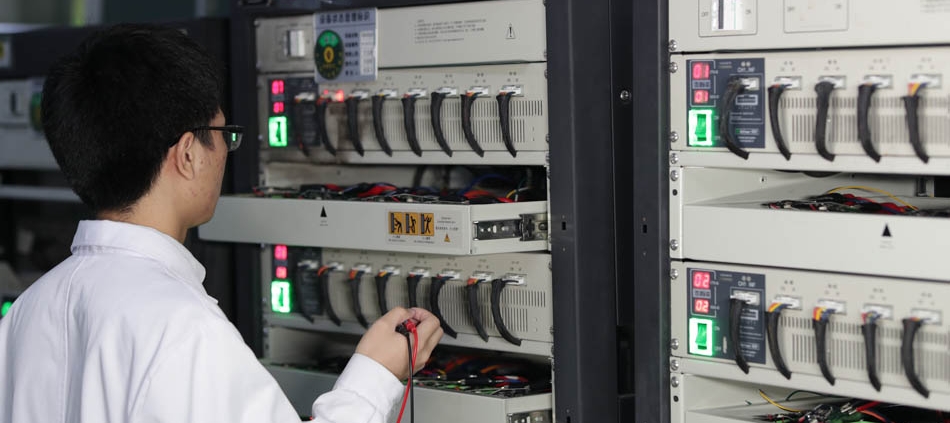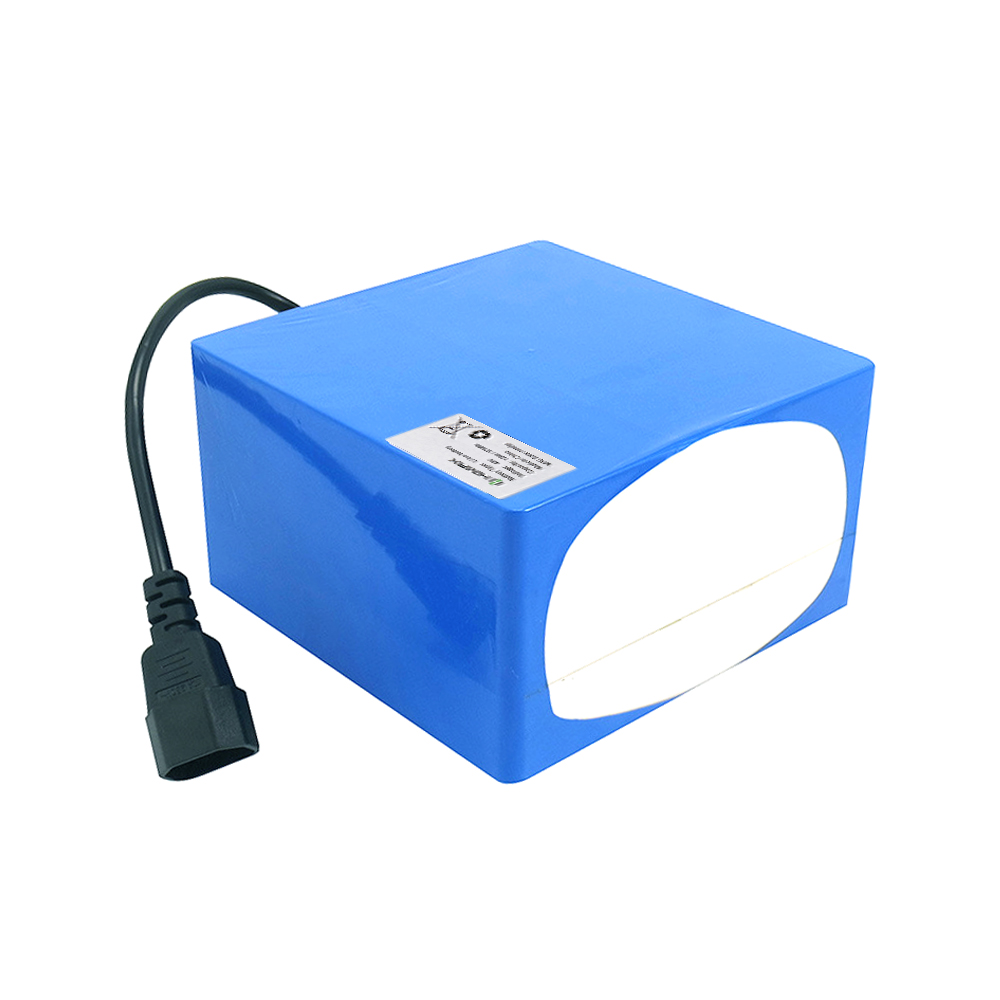We know the importance of li ion customized battery packs and solid-state batteries. Despite the importance of solid-state batteries, But in its publicity and boasting, there’s something less clear. This article lists ten topics to provide a clearer understanding of solid-state batteries, but we need to put these topics into the correct context and be alert to missing information.
- Safety – Undoubtedly the most important factor Let’s start at the beginning, which is also the original and hopefully still the main reason for solid state batteries. The reason for this is safety, which is directly related to the temperature limits of the liquid electrolyte. We all know about thermal runaway in current li ion customized battery packs: rare, but unstoppable fires. When the battery is unable to discharge heat at the rate it is being produced, a chain reaction begins. Current li ion customized battery packs are kept operating within a safe temperature range, typically around 25-45°C, by cooling systems and battery management systems (BMS). Typically, a battery requires failure, defect, misuse, or accident to cause overheating. Unfortunately, with billions of batteries present in millions of electric vehicles and energy storage systems, these problems are statistically inevitable. Therefore, we should not pretend that risk can be eliminated by design, but rather that the sources of risk must be eliminated. Liquid electrolytes are discussed further below (#3) and lithium compatibility (#5), as well as new risks such as hydrogen sulfide (#8). Summary: Security remains a top concern, so we need to keep talking about it.
- Pressure – An often overlooked issue People seem to think that solid electrolytes require a pressure system. Eminent scientists say the solid-state problem has been solved in the laboratory and now it’s up to engineers to design a pressure system. Indeed, it has been shown that lithium metal deposition can be enhanced by increasing pressure. But while some pressure can be easily integrated (e.g., vacuum on a vacuum-sealed bag), for many solid-state batteries the high voltages required remain impractical for practical applications. The high voltage is used to overcome interfacial resistance, especially for oxides and sulfides. Some solid-state polymers do not require pressure, but perhaps surprisingly, hybrid and semi-solid batteries require high voltages. If high voltage is required, the problem is compounded by changes in volume of the battery as it charges and discharges, heats and cools. There is a lack of transparency into this complex issue, as pressuring the system can add significant expense and quality. Quoting improved energy density is inappropriate without acknowledging additional pressure systems. QuantumScape recently provided energy density data “unpackaged” to give it some credit. Maybe a bit cryptic, but this suggests the battery needs more content to run. Summary: Operating pressure is often ignored in performance claims, but it has important implications for energy density, cost, and scalability. (See the next topic for information on scalability).
- Liquid – Does a solid have to be a true solid? This topic is crucial because liquids can cause issues with safety and pressure (#1&2 above) as well as temperature range (#4 below). Many products are called solid state because the separator is a solid electrolyte. The inactive porous polymer separator is replaced by an active solid-state electrolyte that excels in both mechanical strength and ionic conductivity. It maintains electrode spacing, resists dendrites (see Topic #5) and transports lithium ions. But the cathode also requires an electrolyte (unless a very thin film cathode is used), and if this electrolyte is a liquid or gel, then we need to evaluate safety risks and performance issues. The risks of liquid electrolytes are explained in Topic #1. Topic #4 explains how liquids can limit temperature range and reduce cycle life. Additionally, if high pressure is required, the liquid will limit scalability. The airtight bag can be easily sealed under vacuum to incorporate 1 atmosphere of pressure, but if there is liquid to flow, then adding high pressure evenly throughout the battery will be problematic. This is a scalability barrier that cannot be easily solved with solid-state electrolytes. During processing, the ceramic needs to be sintered and the sulfide requires huge pressure (500 bar), which is possible for the separator but not for the positive electrolyte. In contrast, solid polymers can work simultaneously as separators and catholytes only if their ionic conductivity is comparable to that of conventional liquid electrolytes. Summary: Whether we call it solid, semi-solid, or hybrid, using any liquid electrolyte introduces the risk of thermal runaway, limits the temperature range, and inhibits scalability through high voltages.
- Temperature range – is it clear enough? Solid-state batteries should offer higher temperature adaptability than liquid electrolyte batteries, that is, without the need for cooling systems. Liquid electrolyte becomes unstable above 40°C and accelerates the degradation of the positive electrode. If semi-solid or hybrid batteries require cooling systems, this will impact energy density and cost. A simple way to check is to test whether the data covers the range of 40°C to 80°C. 80°C is a useful benchmark because it is above surface temperatures on the hottest days. This means an electric car can be parked in the sun without draining the battery’s cooling system! Please check the data carefully, sometimes the high temperature statement may not include the entire battery for the separator electrolyte. Some solid polymer electrolytes have the opposite problem in that they must be heated before the ions can conduct electricity, usually between 50-80°C. This would also increase cost, reduce the energy density of the system, and be impractical for general use. Summary: Solid-state batteries should operate over a wide temperature range without the need for external systems that would otherwise be recognized in energy density and cost claims.
- Lithium compatibility and dendrites in order to increase energy density, the electrolyte needs to work stably with lithium metal and high-energy cathode, otherwise the energy density improvement will be minimal. Developers of various solid-state batteries have experimented with lithium metal and then moved to graphite or silicon. This indicates incompatibility with lithium metal, although one company claims that lithium metal is unsafe, which could also be interpreted as being incompatible with their solid electrolytes. Another unresolved debate is the best solution to who owns the dendrites. Ceramics and sulfides are very hard, but have grain boundaries and are prone to brittleness. Polymers have been accused of being too weak, but some companies disagree. Cycle life and millions of tests will provide the answer, but as mentioned above, failure is statistically inevitable, so the debate once again turns to how to eliminate the possibility of thermal runaway. Summary: Highly stable and mechanically strong solid-state electrolytes are needed to increase energy density.
- Layer Thickness – Often Not Mentioned High energy density requires a thin separator equivalent to current li ion customized battery packs, an even thinner anode, and a cathode at least as thick as current li ion customized battery packs. Taking actual numbers as an example: the separator is in the 20-30µm range, thin lithium is less than 40µm, and the cathode is at least 80µm. Why? If not, simple math proves that batteries can’t achieve higher energy densities. There are some innovative 3D technologies that developers may disagree with, but they also need to respond to scalability and processability issues (see Topic #10). Reasons why layer thickness is often not mentioned include that thin ceramic separators are very fragile, reducing thickness makes it difficult to extend the cycle life of lithium, and penetration of thick cathodes through solid electrolytes is often difficult, often requiring liquid. Summary: Higher energy density requires a thinner negative electrode and a thin separator to match the thick positive electrode.
- Cycle Life and C-Rate – Battery Performance For many developers and original equipment manufacturers (OEMs), long battery life and fast charging are top topics as it promises longer range and shorter battery life for electric vehicles. parking time. It’s what everyone wants to hear and therefore becomes the target of propaganda. Long cycle life and high C rate can be achieved, but usually at the expense of each other, which is often not explained in detail. As mentioned above, layer thickness or pressure requirements may not be stated. Most readers have come to understand that, typically, long cycle life is typically achieved at low C rates, while high C rates often come at the expense of cycle life. Sometimes the fine print terms will qualify long life with a high C rate in cycles 1-10 or 1-30, while other cycles will go in with a low C rate. Solid-state batteries should eventually offer really long life and fast charging. One reason is the ability to operate stably at higher temperatures, thus accommodating faster power transfer, but this requires a highly stable solid-state electrolyte in the battery. Another reason is that charging speed is limited by the rate of intercalation reactions, a limitation that is eliminated when using lithium metal. Summary: Dramatic cycle life and C rates are closely publicized but are often opaque and further distract from the fact that the actual fundamentals are not achieved.
- Risks introduced the primary goal is to improve safety, but some “solutions” reduce one risk and then increase another. It is important to remember that failures and accidents are inevitable, so we need to check whether the failure mode is “fail-safe” or not. Adding huge amounts of pressure means containing an unexpected release of energy. The use of certain liquid electrolytes retains the risk of thermal runaway. At least one company claims that using lithium metal is dangerous, but using ultra-thin lithium could mitigate this risk. Using sulfide introduces new hydrogen sulfide risks due to moisture sensitivity. Summary: The key to reducing risk is to have a highly stable solid electrolyte throughout the battery, allowing it to operate over a wide temperature range.
- Packaging and Demonstration Cells Packaging has already been mentioned regarding pressure (Topic #2) and requires further analysis as this is one of the most opaque issues. Gorgeous pictures of giant display batteries have one thing in common – a real operating system that requires pressure, cooling, heating or contains risks such as hydrogen sulfide is never shown. Or, there are animations that show certain obvious advantages, but don’t show the whole story. Or there are some very realistic pictures without any mention that they are renderings.
- Scalable Process – Tiny Wearables and Cost Every startup has an obligation to say “our technology is easily scalable”. Without specific figures and timetable, this statement is somewhat empty. Some companies have developed solid-state battery technology for the tiny wearables market, and then implicitly scalable it for the electric vehicle and renewable energy markets. Most tiny solid-state batteries are made of ceramic, but this is not easily scalable. Novel architectures and processes, such as 3D or printing, should not be put in the same context as JICA-scale lithium-ion batteries that took decades to develop. Solid-state batteries need to reduce costs to make electric vehicles and renewable energy affordable. New processes will not reduce costs until they have been developed for a decade. Adding external systems does not reduce costs. Ceramics need to be sintered. Sulfide requires large-scale pressure during its production. Hybrid batteries require “special protective coatings” to reduce risk. All of this adds to costs. The goal is to reduce costs. Processing should use standard R2R processes. It is widely accepted that solid polymer electrolytes are the simplest to manufacture and easiest to adapt to existing processes and cell structures. Summary: The standard R2R process combined with fewer product materials (no active separator, no cathode host, no liquid) provides cost reduction incentives. Summary Solid-state technology has made tremendous advances that will ultimately provide improved safety and higher performance at lower cost. But solid-state battery developers need to openly address these issues to launch viable products for the real world. Reduce risk, eliminate the need for external pressure systems, increase energy density and use existing R2R production to produce commercial-scale batteries. While there’s still a lot of work to be done, and of course I’m biased, I think Nuvvon is the only solid-state battery technology provider to date that can do it all.
Nuvvon:
Completely solid state, therefore reducing the risk of thermal runaway
Operates without external pressure system
Solid polymer as separator electrolyte and positive electrolyte – no liquid or gel particles
Wide temperature range (currently -10 to +80°C)
Compatible with thin lithium and has high mechanical strength to resist dendrites
Layer thickness: thin lithium anode (currently 20 microns), thin separator (20-30 microns), thick cathode (80-150 microns)
The cycle life and C rate of thin lithium at C/4 are still a work in progress, with cycle life in the range of several hundred cycles
No new risks (no pressure, no liquids, no harmful ingredients)
Bare cells operate without external systems (pressure, heating, cooling)
Pouch cells using existing battery architecture and built on standard li ion customized battery packs processes.
Author Dr. Simon Madgwick of Nuvvon Inchttps://www.batterydesign.net
If you have any question, please feel free to contact us:
- Name: Dawn Zeng (Director)
- E-mail address: sales@himaxelectronics.com


